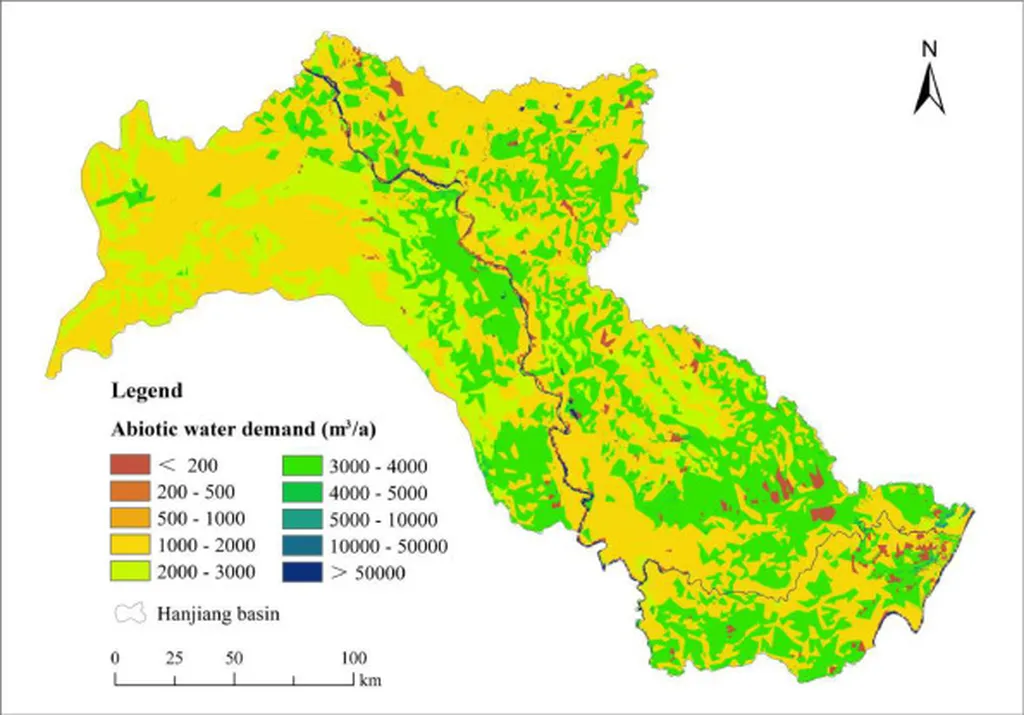In the heart of China’s Hanjiang River Basin, a complex dance of water, energy, and environmental conservation is unfolding, and a team of researchers led by J. Wang from Wuhan University is shedding new light on the intricate dynamics at play. Their work, recently published in the journal ‘Hydrology and Earth System Sciences’ (translated as ‘水文和地球系统科学’), is reshaping our understanding of how large-scale water diversion projects impact the delicate balance between water supply, hydropower generation, and environmental conservation.
Inter-basin water diversion projects (IWDPs) are not new. They’ve been constructed worldwide to balance water resources across different regions. However, the feedback loops between water supply, hydropower generation, and environmental conservation within these projects have remained largely unclear—until now. Wang and his team have proposed a novel framework to identify these impacts across multiple temporal and spatial scales, using a reservoir group as their case study.
The team’s findings are intriguing. Without IWDPs, they found negative feedback between water supply and hydropower generation, and between water supply and environmental conservation. However, there’s a positive feedback loop between hydropower generation and environmental conservation. “This means that as hydropower generation increases, so does the potential for environmental conservation,” Wang explains. But here’s the catch: these feedback loops can change during abundant-water periods.
With IWDPs in the picture, the dynamics shift. Water donation basins experience strengthened feedback loops, while water receiving basins see weakened ones. The team also discovered that feedback loops exhibit intrinsic similarity and stability across different time scales. “This stability is crucial for understanding the long-term impacts of IWDPs,” Wang notes.
So, what does this mean for the energy sector? For one, it underscores the need for adaptive allocation rules that account for these stable feedback patterns. Simply increasing water flow to receiving basins won’t resolve inherent conflicts between water supply, hydropower generation, and environmental conservation. Instead, a more nuanced approach is needed—one that considers the persistent feedback polarity with IWDPs.
This research could significantly shape future developments in the field. By quantifying the impacts of IWDPs on the water supply-hydropower generation-environmental conservation nexus, it paves the way for more sustainable and efficient water resource management. For the energy sector, this means better planning and operation of hydropower systems, ultimately contributing to a more reliable and sustainable energy future.
In the words of Wang, “Our approach can help quantify the impacts of IWDPs on the SHE nexus and contribute to the sustainable development of this critical nexus.” As the world grapples with increasing water scarcity and the need for clean energy, this research offers a timely and valuable perspective.

